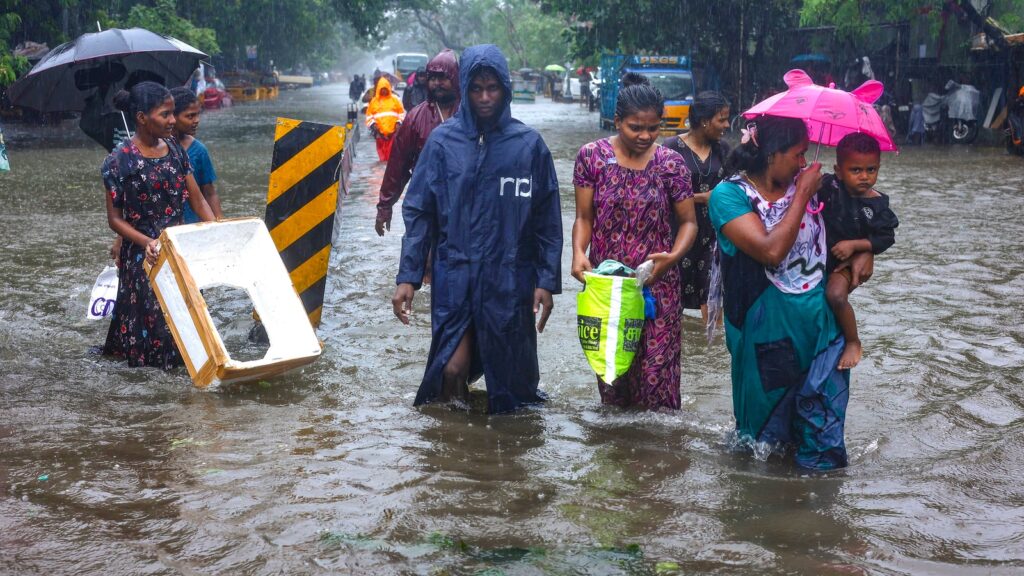Cyclone Michaung has thrown life in Chennai out of gear. An unusually heavy downpour (151 mm in 24 hours ending at 8.30 am on December 4, the third highest in a 24-hour period; and the 24 hours ending at 8.30 am on December 5 will likely be worse) has forced the government to call in the army for rescue and relief. The airport is closed and many trains have been cancelled. Schools are shut as memories of the 2015 floods return to haunt the city residents. Two record-breaking downpours on November 16 and December 2 and mismanagement of reservoirs had caused havoc in the city that year. These extreme weather events are no longer once-a-century events. Delhi, this year, Bengaluru last year and Mumbai in 2005 saw devastating floods. There are both local reasons and global factors for these events. The infrastructure has not kept up with the pressures of population explosion. Lakes, tanks and floodplains of rivers have been encroached, leading to impediments in drainage of flood waters. The climate crisis has accentuated these disasters. Rainfall that was spread across the monsoon season often falls in a day or two. An already creaking urban drainage system is stretched even further, leading to a breakdown: In coastal cities like Chennai, the tide complicates matters.
In September, Mediterranean storm Daniel affected Libya, Greece and Turkey, with 11,000 persons killed in Libya alone. Rising global temperatures are making cyclonic storms frequent — this phenomenon is increasing on India’s west coast. We need to heed the warning. Dubai COP28 has just launched the loss and damage fund, meant to help vulnerable countries cope with climate crisis disasters. Indian cities too need to be ready for frequent extreme events. From ensuring better upkeep and expansion of public infrastructure to protecting natural drainage systems to putting disaster management plans in place, the task is cut out.

